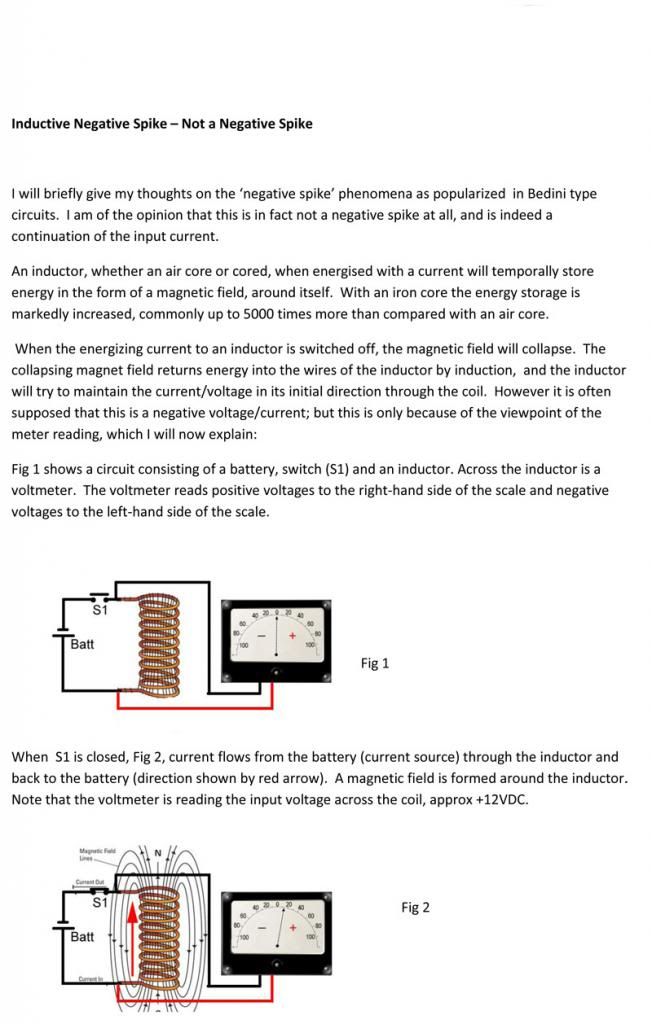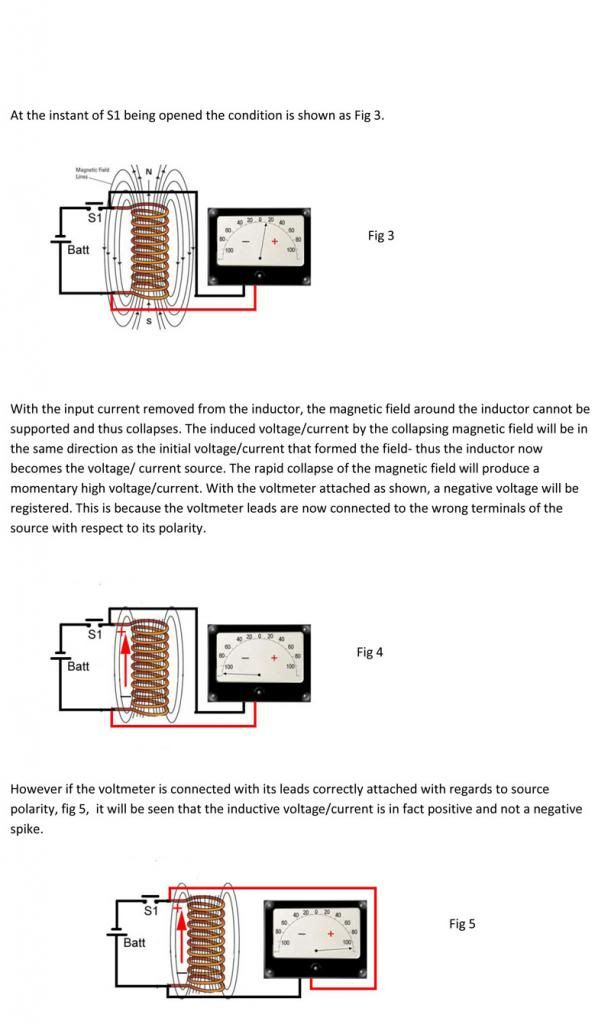Simple proof
Hi John,
There are several people on this forum that will not agree with the explanation you have posted. However that does not make them right.
A simple circuit that proves that explanation is correct is the the Bedini SSG. If you look at how the charge battery and diode are connected it is clear that the only way the charge battery could charge is if the explanation you shared is correct. If the current reversed as some believe then the diode would be reverse biased and the charge battery could not get charged. Thanks for sharing a very clear and correct explanation of how a coil discharges.
Respectfully, Carroll
Hi John,
There are several people on this forum that will not agree with the explanation you have posted. However that does not make them right.
A simple circuit that proves that explanation is correct is the the Bedini SSG. If you look at how the charge battery and diode are connected it is clear that the only way the charge battery could charge is if the explanation you shared is correct. If the current reversed as some believe then the diode would be reverse biased and the charge battery could not get charged. Thanks for sharing a very clear and correct explanation of how a coil discharges.
Respectfully, Carroll
 !!!
!!!



 )?!
)?!

 ...But , there is more to this phenomena as we could analyze in simple/plain "viewing/analysis"...but I really do not want to distract/deviate this Thread...watch my videos on Radiant, go over my First Thread here...where I have spent hundreds and hundreds of hours making ,testing and posting results...
...But , there is more to this phenomena as we could analyze in simple/plain "viewing/analysis"...but I really do not want to distract/deviate this Thread...watch my videos on Radiant, go over my First Thread here...where I have spent hundreds and hundreds of hours making ,testing and posting results...
Comment